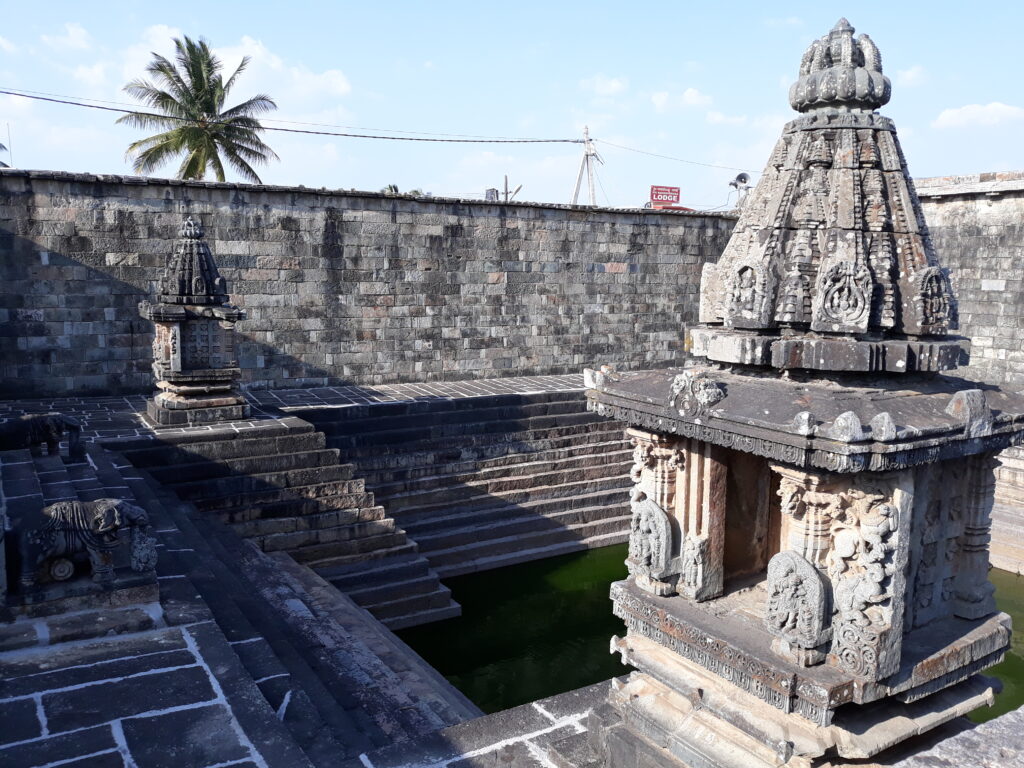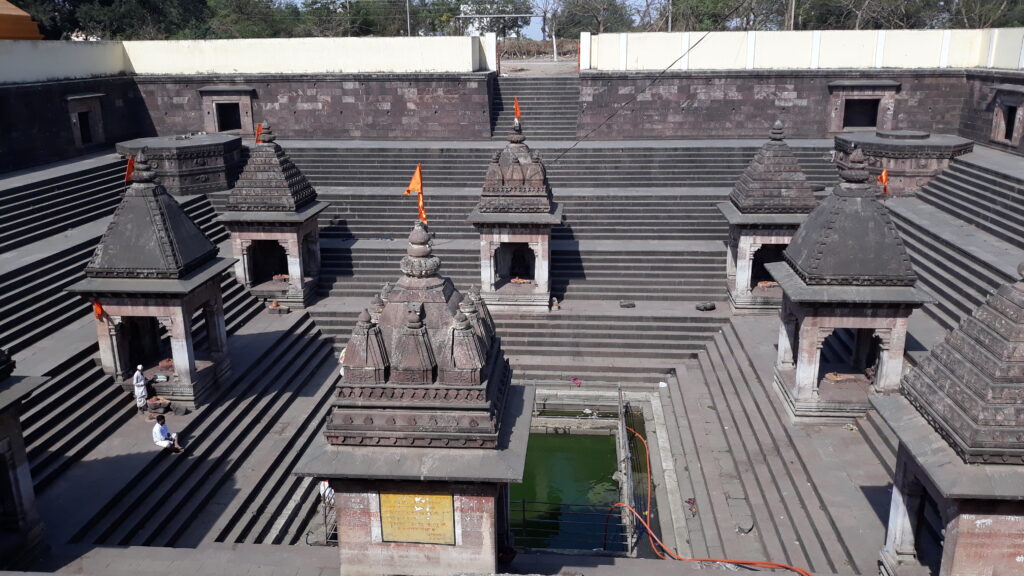
Water Culture
Changing weather patterns, irregular rainfall, and outdated water management policies have pushed India’s central and state governments to focus on water conservation by reviving traditional and eco-friendly techniques.
These sustainable methods promote community participation and effective resource management. Ancient practices like rainwater harvesting and check dams are being successfully adapted across regions, showcasing how indigenous knowledge combined with modern strategies can ensure long-term water security.
The Holy River Ganges embodies this sacred connection. Mythologically believed to originate from Lord Shiva’s locks, the river flows through the Himalayas, blessing cities like Haridwar and Varanasi (Banares). Millions gather to bathe in its waters, seeking to cleanse their sins and renew their spirits. The Ganges thus stands as a symbol of purification, spiritual rebirth, and eternal sanctity in Hindu belief.


Rivers such as the Brahmaputra, Indus, Godavari, Krishna, Narmada, Cauvery, and Mahanadi hold deep cultural and agricultural importance in India. Their fertile banks sustain vast plantations and farmlands, making them vital lifelines for local communities and traditions.
Among them, the Cauvery River stands out in Tamil Nadu’s culture and history. Deeply revered, it symbolizes prosperity and sustenance. The Aadi Perukku festival — celebrated every mid-July when the river flows at its peak — honors its life-giving force. The Mettur Dam, built across the Cauvery, plays a key role in storing and releasing waterfor wetland cultivation, reflecting the enduring bond between the river and Tamil Nadu’s agricultural heritage.
Among them, the Cauvery River holds a special place in the heritage and traditions of Tamil Nadu. It is revered not only as a natural resource but also as a spiritual and cultural lifeline. The Aadi Perukku festival — celebrated in mid-July, when the river reaches its full flow — is a tribute to its nurturing power, marking gratitude for fertility and prosperity. The Mettur Dam, built across the Cauvery, plays a vital role in storing and releasing water for wetland cultivation, ensuring the river’s blessings reach the fields that sustain countless lives.

Traditional water conservation systems around India are –
Phad – A traditional community-managed irrigation system in the Tapi River basin, Maharashtra. It uses a check dam and canal network to distribute river water to fields, with outlets that drain excess water for efficient farming.
Zing – A unique water harvesting method in Ladakh, where small tanks collect melting glacier water through a network of channels, ensuring a steady water supply in dry regions.
Kuhls – Traditional surface water channels in Himachal Pradesh, designed to carry glacial or river water to farmlands, reflecting sustainable mountain irrigation practices.
Zabo or Ruza System – A traditional rainwater harvesting method in Nagaland, where water from forested hilltops is guided through channels into pond-like tanks built on terraced slopes for farming and storage.
Jackwells – Used by the Shompen tribe of Great Nicobar Islands, this system places bamboos under trees to collect runoff water, which is then directed into pits (jackwells) surrounded by hardwood bunds for storage.
Pat System – Practised in Madhya Pradesh, this technique diverts hill stream water through irrigation channels using stone, teak leaves, and mud bunds, ensuring steady water flow to fields.
Eri – A traditional tank system in Tamil Nadu, designed for flood control, groundwater recharge, and soil conservation, effectively storing rainwater during heavy monsoons.


Johads – Traditional earthen check dams mainly found in Rajasthan, built in elevated areas to conserve rainwater and recharge groundwater, supporting agriculture and village water needs.
Panam Keni – A unique wooden well system used by the Kuruma tribe of Wayanad, made from soaked toddy palm stems and placed in natural springs to draw clean groundwater.
Ahar Pynes – An ancient floodwater harvesting system of South Bihar, where Ahars (reservoirs) collect water through Pynes (artificial channels) diverted from rivers for irrigation during dry months.
Jhalara – Beautiful rectangular stepwells found in Jodhpur, featuring tiered steps on three or four sides, built for water conservation and ritual use.
Bawari – Traditional stepwells of Rajasthan, designed as part of ancient urban water storage systems, used to store rainwater and provide a cool retreat during summers.
Taanka – A cylindrical underground rainwater tank native to the Thar Desert, collecting water from rooftops and courtyards for household use during dry seasons.
Khadin – Also known as Dhora, this earthen embankment system from Jaisalmer captures rainwater runoff for irrigation, similar to ancient methods from Mesopotamia’s Ur region.
Kund – A saucer-shaped catchment sloping toward a central underground well, common in western Rajasthan and Gujarat, used to store and conserve rainwater efficiently.


